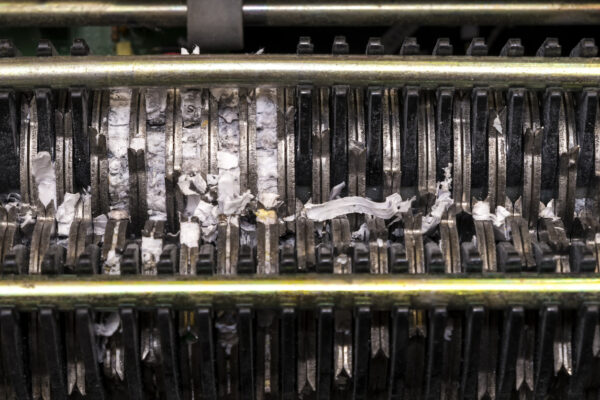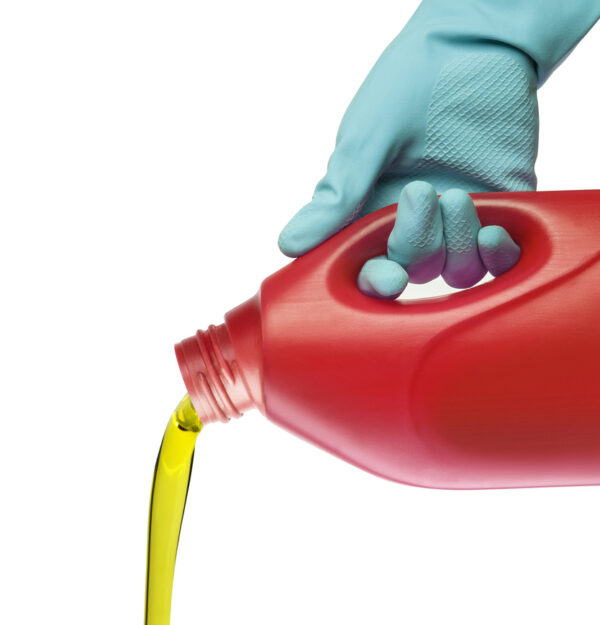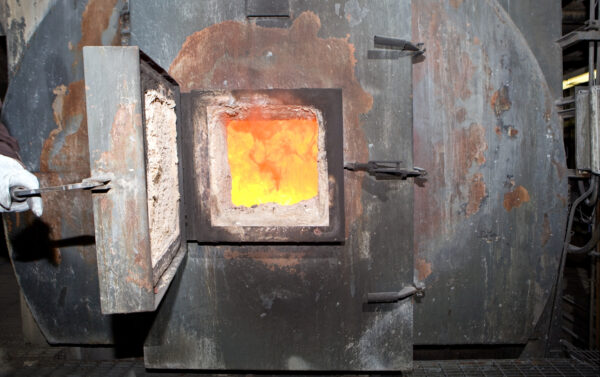When you don’t need your hard copy microfilm anymore, what do you do? You can store it like you’ve been doing for years (maybe decades), but that takes up space. If you’re not using it and don’t have any requirement to keep it, it seems a bit ridiculous to save.
Disposing of your microfilm doesn’t have to be a hassle. We’ll describe a few ways to get rid of your film so you know that there are options available.
Why Would You Dispose Of (Destroy) Microfilm?
First, when we say “microfilm” in this post we’re also referring to microfiche and aperture cards. They’re all distinct in their own way, but they all contain film images so for the sake of this article we’re lumping them together and just saying “microfilm” as a catch-all.
But why would you want to get rid of your microfilm?
Everyone will have their own particular reason for getting rid of their film, but the most common reasons we see are because our client has scanned their film and no longer needs the hard copy or they’ve reviewed the records and decided that some or all of the collection is not necessary to retain any more.
Whatever your reason is, here are some disposal methods to consider.
Disposal Methods
Throw away / recycle it
If there isn’t anything sensitive on your microfilm (such as names, social security numbers, and so forth), you may be okay with just throwing away or recycling your records. There are plenty of disposal companies that could do this for you, too, and will come to your location and pick up the microfilm.
“Sensitive material” will mean something different depending on who you ask, but even if the records don’t contain personal information like the items stated above, even basic company information may be confidential. Just be sure to consider this before you throw away or recycle your records this way.

Shred it
If your microfilm has information that’s sensitive, or you just feel more comfortable having it shredded regardless of what’s on it, this is a popular option. Depending on what resources you have available, you could shred it yourself or hire a company to do this for you. Many will come on-site so you can watch your records being destroyed.
Even shredding your film is relatively inexpensive, so for the most part we recommend this method of disposal even if you have records that you don’t think are sensitive or private in any way. It’s a safe bet and you’ll feel good about it!

Chemically destroy it
A more interesting method, you could use various chemicals to destroy the actual film portion of your microfilm/microfiche documents. Because of how microfilm is created, certain chemicals will render the images unreadable.

Burn it
Yes, burning is an option. We’re not recommending you burn it yourself, but there are professional organizations that have incinerators and burn the records within the guidelines and laws of their respective states. This is usually the most complete, but also most expensive, option.

Options Other Than Destroying Your Microfilm
If you don’t want to destroy your microfilm records, you can always continue to store them. This can be done at your own locations or you can use a storage company to hold on to your film. If you’re going to go the storage route, you may want to ask about the methods the company uses to store these types of materials.
Next Steps
Reach out to us today! Click the “Get Your Quote” button below, fill out the form, and we’ll quickly reply to you to discuss your project.
Further Reading
Check out a few more articles related to microfilm:
“Microfilm Deterioration” illustrates a number of ways that microfilm can deteriorate and decay for various reasons. If you see any of these issues on your microfilm, let us know right away so we can scan and preserve your records.
“Microfilm Scanning FAQs” provides an overview of common questions we get about film such as “what kind of microfilm do I have?” and “how much does microfilm scanning cost?”
“How Much Does Microfilm Digitization Cost?” lays out the general pricing to scan microfilm, microfiche, and aperture cards, as well as a few factors that go into the pricing. This is a high-level description, and links to individual material types are available on the post.
Disclaimer: please keep in mind that BMI does not provide this as legal advice or in any type of advisory role, but as information for consideration only. It’s important that you consult with your legal experts to determine how you dispose of your microfilm and other records.

